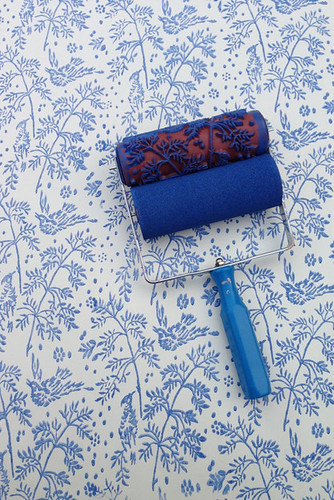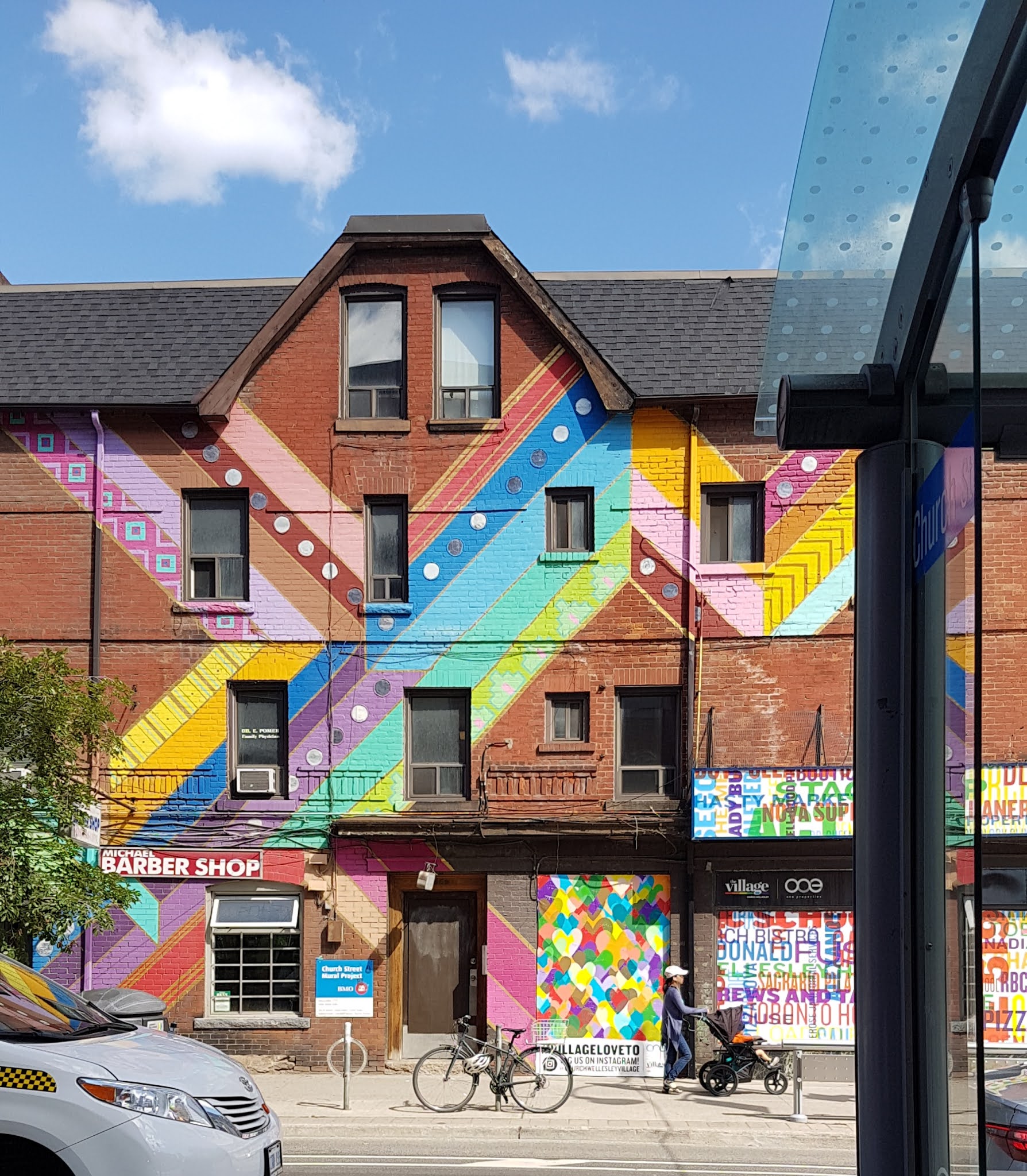What is the most sustainable paint? Is eco friendly painting even a thing? Why is normal paint bad for the environment? Today's special contributing writer answers all these questions and more! So if you're in need of a fresh coat but wanting to know what nontoxic options are out there, keep reading - it's all about sustainable painting on The ecoLogical!
A Guide to Sustainable Painting and Decorating
With millions of Brits being confined to their homes over the last year or so, many of us have turned to renovating our homes. We’ve been busy picking out painting supplies and giving our interiors a fresh (or in some people’s cases not-so-fresh) new look.
But what impact does all of this paint have on the environment? And is there a better solution to the common brands such as Dulux and Johnstone’s?
We’re going to take a look at the painting and decorating industry to assess its impact on our environment and give some tips and advice as to what you can do to make your DIY more sustainable.
Is paint bad for the environment?
Paint is one of humanity's earliest inventions and has played a pivotal role in shaping cultures and identities. In the modern age, this is frequently observed with painting our homes and establishing our own individuality.
But long gone are the days where we used naturally occurring substances like charcoal and manganese oxide for our painting needs. Indeed, the majority of paints used today contain man-made solvent-based paints that are not only toxic in their creation but give off harmful volatile organic compounds (or VOCs) every day.
And it’s not just the paint itself that is having an impact on the environment. In recent years, many manufacturers have turned to cost cutting measures by implementing the use of plastic paint tubs instead of metal tins for the storage of their paint. Whilst metal tins are widely accepted at household waste recycling centres in the UK, plastic containers are not.
[Blogger note: many household paints are also a cause for alarm when it comes to health due to VOCs and other components found within the paint - the fumes can irritate lungs, skin, and eyes, and the solvents within the formulations can even cause dizziness, headaches, or nausea. It's not great for humans or our furry friends, so choosing a sustainable and eco friendly option can bring even more benefits than you may first realize!]
How is paint becoming more sustainable?
Whilst there are many great eco paint options out there, it’s somewhat comforting to know that the big brands such as Dulux are making a conscious effort to reduce their impact on the environment too.
Thanks to research and development, the painting industry has moved from toxic lead paint (that’s no longer used) to solvent-based paints that are typically more reliable than any other paint type. In an effort to reduce the use of solvent paints, companies have now invested considerably in water-based paint technology which contains only a small amount of volatile organic compounds.
Whilst water-based technology has been met with skepticism in regards to its performance, more and more painters favour it as the formula for these paints has advanced. At this point in time, it’s hard to justify the use of any other paint within our homes as the environmental benefits far outweigh any performance loss.
Furthermore, the big manufacturers have all set up initiatives to collect leftover paint so there’s less wastage. Some of the manufacturers even redistribute all of the leftover paint to community projects and those in social need. There are also many schemes out there to recycle your empty paint cans.
What sustainable paint options are out there?
So we know that paint on the whole is edging closer to being sustainable and that the big brands are playing their part. But are there already options out there with the best sustainable practices and products already in place?
Fortunately for eco-conscious consumers, there are plenty to choose from. Take Earthborn for example. They were the first paint manufacturer in the UK to receive the EU Ecolabel and that’s due to the sustainability of its entire supply chain.
The paint itself is made from naturally occurring clay which is propped up using other eco-ingredients to give it the right texture, durability and colour. Unlike the big paint manufacturers, Earthborn’s paint contains virtually no VOCs which makes them environmentally friendly as well as odour free (which is always a good thing!)
Earthborn aren’t the only paint manufacturers who operate this way either. Companies such as GraceMary, Frenchic and Little Greene all offer environmentally friendly alternatives.
What does the future hold for eco friendly paint?
For now, sustainable progress will be made at a steady pace. It’s likely that the companies with the largest market share will look to replicate and even advance on the success of smaller companies like Earthborn in terms of their sustainability.
There is one interesting concept that has huge potential though. A company called Graphenstone has recently made breakthrough discoveries when testing paint based on graphene which is one of the strongest materials known to man (even stronger than diamonds). This paint is ultra durable and has the potential to drastically reduce the amount of times we’ll need to repaint in and outside of our homes in the future.
And beyond its durability, it even has properties that means it can actually absorb CO2 once fully cured. To be precise, three 15L tins of their paint will absorb roughly 10KG of CO2 per year.
Sustainable Paint in Review:
Whilst big brands are starting to make progress towards sustainability, they still have plenty of work to do. If you’re keen to use an entirely sustainable paint, there are 3 or 4 brands that are worth a look. If you don’t quite trust the quality of the newer manufacturers, you can try to purchase water-based paint when possible to reduce the environmental impact of your paint choices.
 |
| Original photo found here |
About the Author:















No comments
Share your thoughts!
(No links please!)